As an integral component of workers’ compensation insurance, the Experience Modification Rate (EMR) holds significant importance for businesses. It directly impacts insurance premiums and reflects a company’s safety performance. Conducting a thorough Experience Modification Audit is crucial for maintaining a healthy bottom line and fostering a safe work environment.
Understanding Experience Modification Rate
Before delving into the audit process, let’s briefly understand what EMR is and why it matters:
EMR Basics:
EMR is a numerical representation of a company’s safety record and workers’ compensation claims history. It compares a company’s actual losses to the expected losses for businesses of similar size and industry.
EMR is a numerical representation of a company’s safety record and workers’ compensation claims history. It compares a company’s actual losses to the expected losses for businesses of similar size and industry.
Significance of EMR:
A lower EMR is indicative of a better safety record, leading to lower workers’ compensation premiums. Conversely, a higher EMR signals increased risk, potentially resulting in higher insurance costs.
Learn more about why EMR is essential for businesses looking to optimize their coverage.
Steps to Conduct an Experience Modification Audit
1. Gather Relevant Data:
Collect comprehensive data, including payroll records, workers’ compensation claims history, and insurance policy details. Ensure accuracy and completeness to establish a solid foundation for the audit.
2. Understand EMR Calculation:
Familiarize yourself with the formula used to calculate EMR, which typically considers the company’s actual losses, expected losses, and the size of the company. This understanding is fundamental to identifying areas for improvement.
We explain the EMR formula and how to understand it in this blog post.
3. Evaluate Loss Prevention Programs:
Assess the effectiveness of existing safety and loss prevention programs. Identify areas where improvements can be made to reduce the frequency and severity of workplace injuries.
4. Employee Engagement and Feedback:
Surveys and Feedback Sessions:
Gather feedback from employees through surveys, focus groups, or feedback sessions. Understand their perceptions of safety, identify potential concerns, and gather suggestions for improvement.
Participation Rates:
Monitor employee participation in safety initiatives, training sessions, and reporting mechanisms. High participation rates often indicate an engaged and safety-conscious workforce.
5. Evaluate Return-to-Work Programs:
Return-to-Work Success:
Assess the success of return-to-work programs by tracking the number of employees who successfully reintegrate into the workforce after an injury.
Modified Duty Effectiveness:
Evaluate the effectiveness of modified duty programs in minimizing the impact of injuries on productivity and employee well-being.
6. Review Safety Inspections and Audits:
Inspection Results:
Regularly conduct safety inspections and audits to identify potential hazards. Review the results and ensure that corrective actions are implemented promptly.
Follow-Up Actions:
Evaluate the effectiveness of follow-up actions taken in response to inspection findings. Ensure that identified hazards are mitigated to reduce the risk of future incidents.
7. Benchmark Against Industry Standards:
Industry Comparisons:
Benchmark your loss prevention program against industry standards and best practices. Identify areas where your program excels and areas for improvement based on industry benchmarks.
8. Financial Analysis:
Cost Reduction:
Assess the financial impact of the loss prevention program by comparing the costs associated with incidents before and after program implementation. Evaluate any reductions in workers’ compensation costs.
Return on Investment (ROI):
Calculate the ROI of the loss prevention program by comparing the costs of implementing safety measures to the financial benefits, including reduced insurance premiums and increased productivity.
9. Continuous Improvement:
Feedback Loop:
Establish a feedback loop for continuous improvement. Regularly revisit your loss prevention strategies, incorporating lessons learned from incidents and employee feedback.
Adaptability:
Ensure that the loss prevention program is adaptable to changes in the workplace environment, industry regulations, and emerging safety technologies.
—
If you need help conducting an EMR audit, contact the local experts at Muir Insurance Group. Let us help you with your homeowners insurance policy. Call 847-550-9900 or email Muir Insurance Group for a free consultation.
